A Short History of Pathfinder's Interactivity

Pathfinder's first interactive areas ran on WABBIT (Web Accessible Bulletin Board Information Technology).
In its early days, Pathfinder's content pioneers all lived by a single mantra known as "The Three C's" which stood for Content, Community and Commerce. In terms of Commerce, Time Inc. New Media had the game covered. After all, what could be more compelling than reading TIME Magazine, People, or Entertainment Weekly? In terms of Content, the game was fuzzier, especially after its liason with Open Market turned into less than a stellar success. But Community - the final C, ironically became the source for its own perverse varient of "The Three C's: Confusion, Consternation, and Chaos, because Senior Management never shared a single point of view about the desirability of offering interactivity.
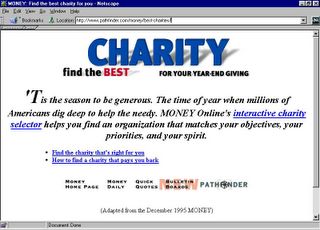
This screenshot shows WABBIT deployed on a TIME area in late 1995.
At the beginning, interactivity was favored, especially after the OJ Central area of Pathfinder became popular. OJ Central, beyond its fancy crime scene graphics, was nothing more than a place for people to post incendiary comments about the case. Its runaway success proved that Pathfinder could do more than serve as a one-way hub for the electronic distribution of magazine content: it could do community at least as well as AOL, a company which was throughout Pathfinder's life its number one enemy.
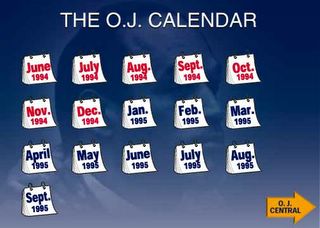
Thousands of people were drawn to OJ Central's Bulletin Board area, providing a significant share of Pathfinder's hits in 1995.
But things changed after the Exon Amendment, otherwise known as the Communications Decency Act, almost became law. It became quite clear that Pathfinder, Time Inc., Time-Warner and its collected shareholders could become liable for indecent, annoying, and obscene content that its users might post. Why open the floodgates to lawsuits?
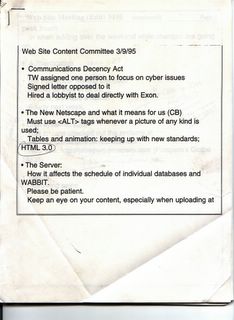
The Communications Decency Act (referred to in this memo) dealt a major blow to the hopes of those who wished Pathfinder could be more interactive.
Senior management's ambivalence toward interactivity ran through every decision it made. But instead of pulling the plug on the two-way street, its strategy was to starve interactivity to death, and hope it would simply go away. So only two "communications editors" were hired to run the chat lines and bulletin boards for more than 80 content partners. The results were predictable: content partners were furious when their chats crashed or their bulletin boards failed, the editors quickly burned out and quit, and things were left to drift.
Eventually, a larger staff was handled and two-way communications soon began to flow through Pathfinder, and it is possible that given sufficient encouragement and investment, Pathfinder might have lived up to its stated promise to serve as the "home on the Web" to many thousands, if not millions of users. But by 1997 other factors and forces were at work which undermined Senior Management's willingness to keep the project going in its current form, and so this vaunted goal would never be met.
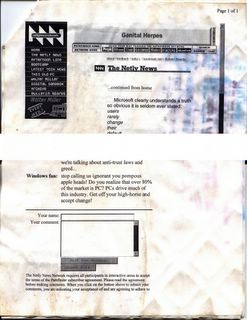
After the failure of WABBIT, sites requiring interactivity resorted to their own choice of 3rd party solutions. This printout of the 1997 Netly news shows a comment area provided by Razorfish.
 Exhibit: A Short History of Pathfinder's Interactivity"
Exhibit: A Short History of Pathfinder's Interactivity" Exhibit: Pathfinder's "New Look"
Exhibit: Pathfinder's "New Look"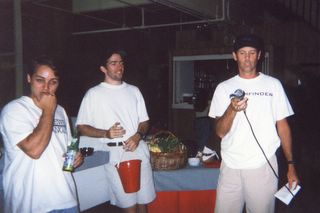 Exhibit: Pathfinder Group Bowling
Exhibit: Pathfinder Group Bowling
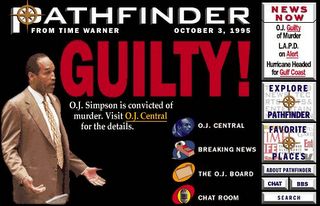 Exhibit: Pathfinder Home Pages
Exhibit: Pathfinder Home Pages
 Exhibit: Pathfinder Group Volleyball
Exhibit: Pathfinder Group Volleyball


<< Home